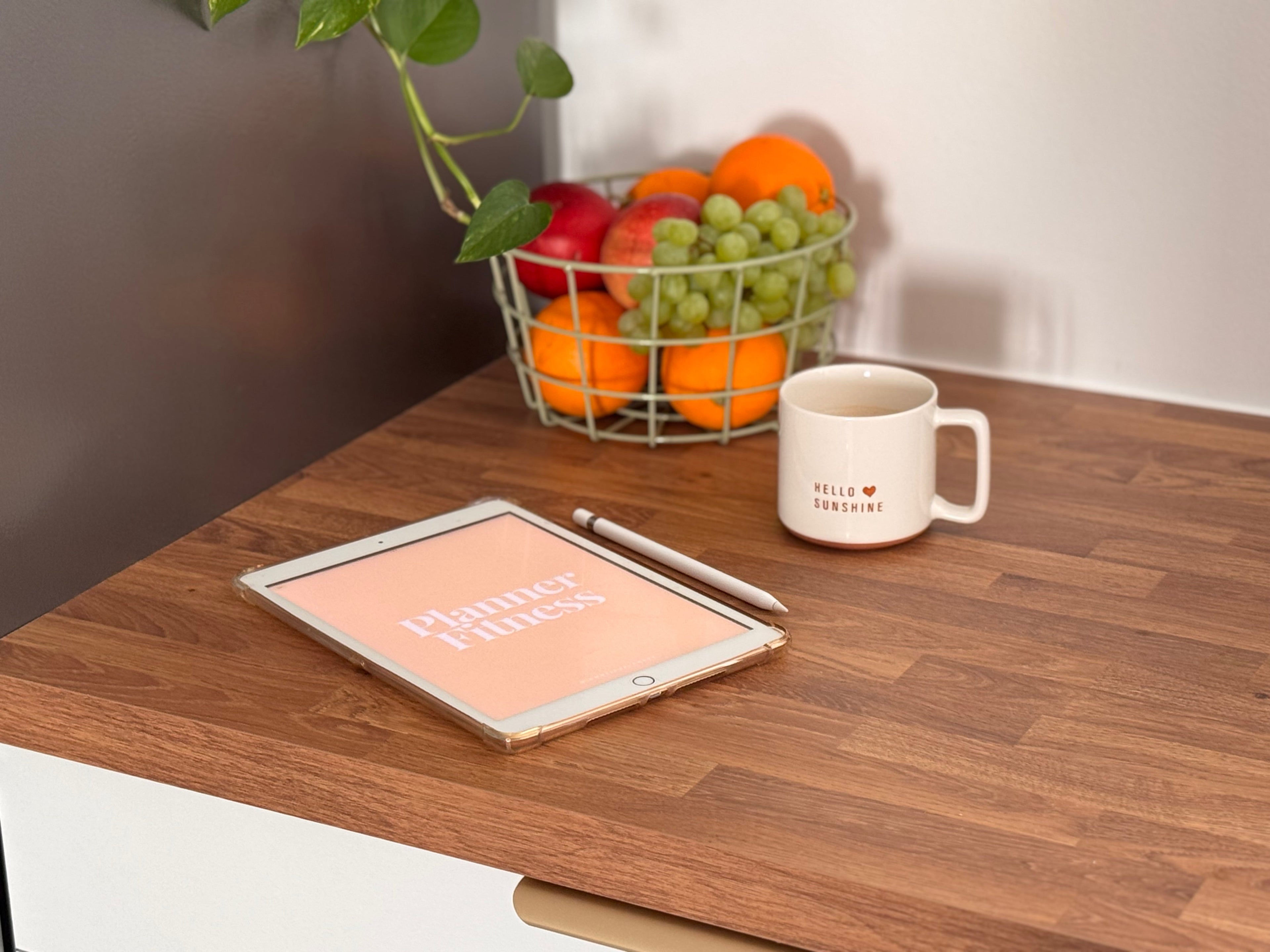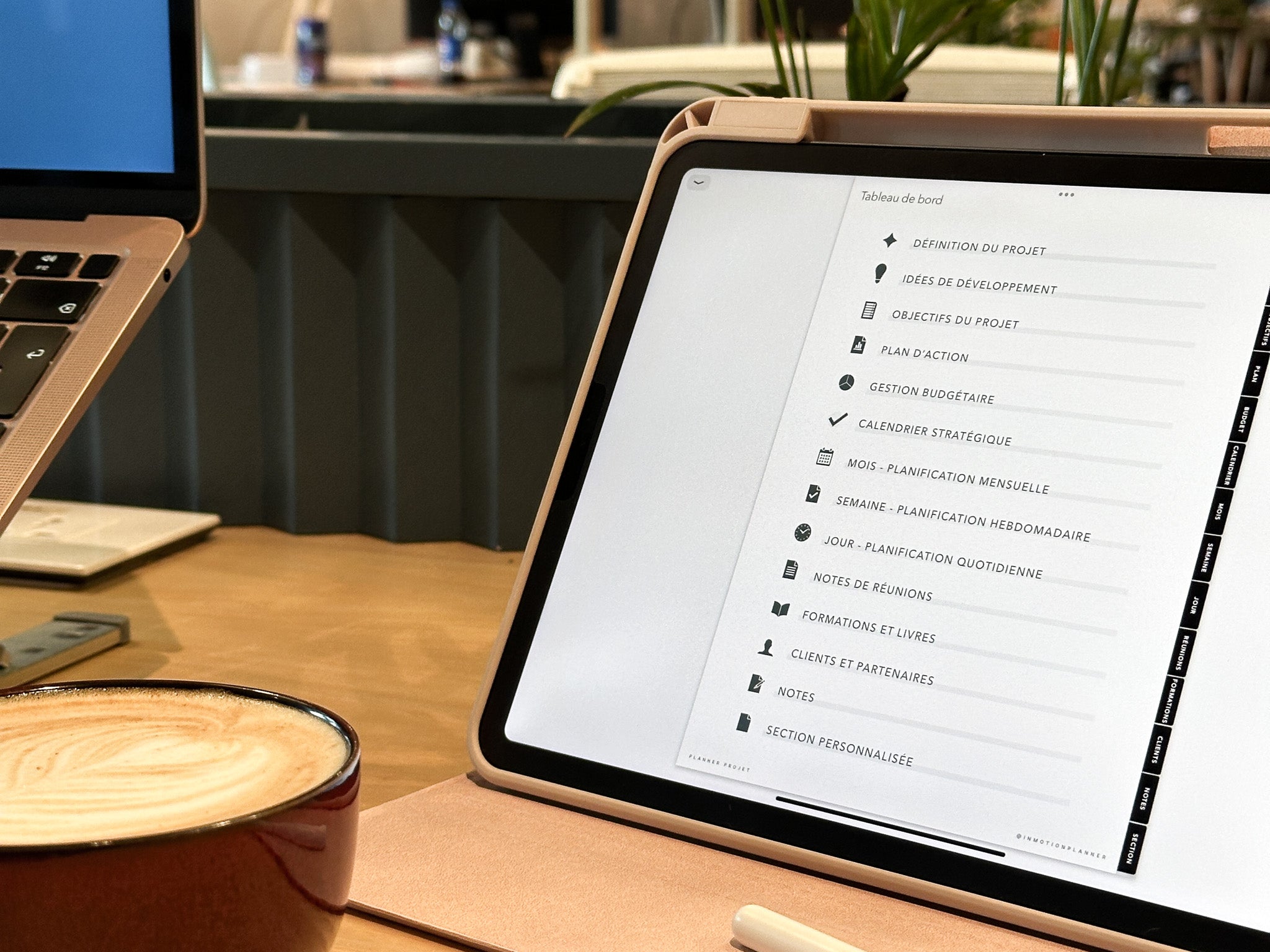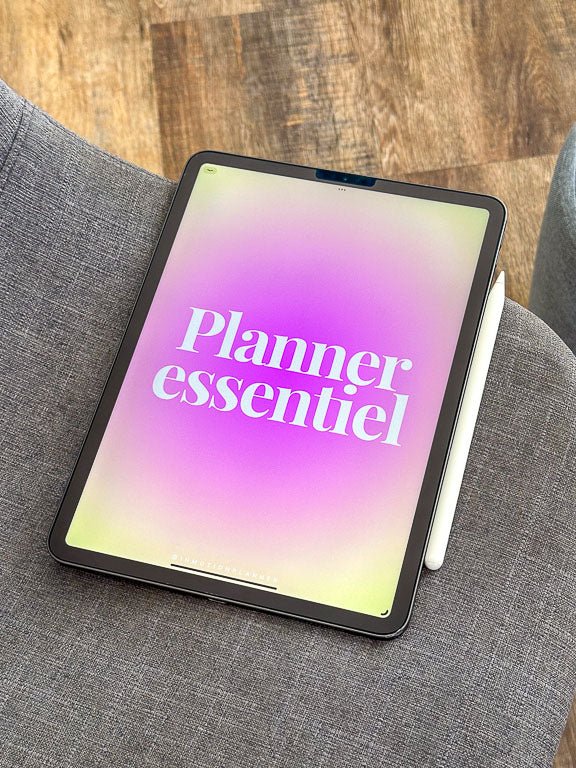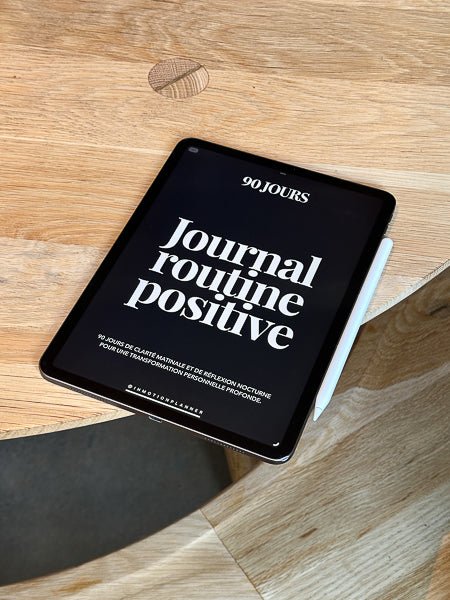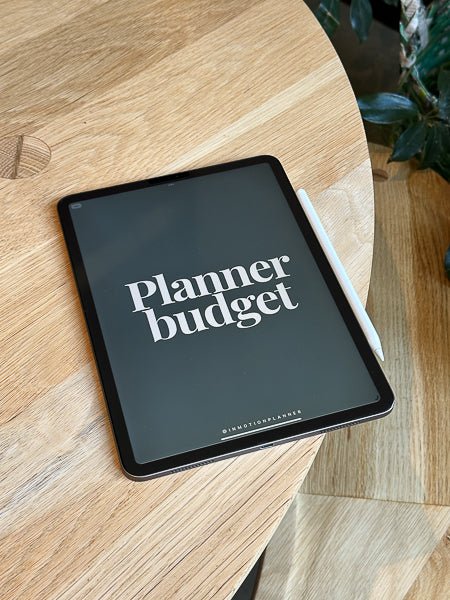What if you started a daily journal? Can journaling really help you be more successful? Why is journaling so popular? How to journal for greater success?
You’ve probably heard of gratitude journals, bullet journals, or travel journals. If you can think of it, everyone who keeps a journal swears it’s the best thing ever.
There’s a reason you hear so much about journaling. Journaling is a key success habit. Of course, journaling isn’t a cure-all for every problem, but it does offer many benefits.
This article explains how different types of journals can help you succeed. You’ll also find some ideas and examples for getting started with journaling, as well as some tips for creating a consistent habit in your daily life and maximizing the power of journaling.
What is journaling?

Journaling is the process of getting your thoughts out of your head and onto paper on a regular basis.
All you have to do is sit down and start writing? Write a little bit every day?
You might be surprised at how simple the concept of journaling is. It may seem like a new fad, but journaling is not a new habit. People have been documenting their lives for centuries, and for good reason. Whether it’s a reminder or a way to release your emotions, journaling can help.
This is a mental, emotional and spiritual exercise that helps develop strong emotional muscles. It is a powerful way to understand your thoughts, emotions and desires.
Journaling can vary from person to person, and there is no right or wrong way. There are no rules, you can find your way. You can (and should) find a method that works for you.
What are the benefits of journaling?
Whether you're questioning your life or future, or need to organize your thoughts for clarity, journaling can support you.
Don't underestimate the benefits of journaling, journaling has been shown to help reduce stress, improve cognitive function, and alleviate symptoms of depression.
This practice allows you to focus your thoughts on several aspects of your life:
- Take care of your well-being
- Clarify your goals
- Coping with your emotions
- Developing Faith
- Recognize your progress
- Practice gratitude
- Finding new ideas
We all have too many ideas, opinions and thoughts running through our heads. It can be difficult to identify some of them and what they mean to us.
Writing down your thoughts helps you disconnect and understand that your thoughts don’t control you. It also helps you more clearly identify your anxiety triggers and understand how to effectively address them.
Keeping a journal about yourself helps you know yourself better. You can always look back at your old journals (which I highly recommend!) and see how much you've changed and grown over time.
It's a great way to remember what you've been through, both the good and the bad. There are many things we forget, but by writing about them, we immortalize them in our journal pages.
What types of journaling are there?
One of the best things about journaling is its flexibility. The method you choose isn’t as important as the habit of journaling on a regular basis. It can take many formats, and you can adapt that variety to your mood. You can tailor the practice to your day or how you’re feeling. Let’s look at some ideas to get you started.
Gratitude Journal

The gratitude journal is a very popular choice for beginners. Being aware of what you are grateful for is a great way to look at life and can really improve your mood. Don’t overcomplicate it. A simple list will do. If you are looking to develop positive habits, this is the way to go. The most popular is the gratitude journal The 5 Minutes Journal which I used for a very long time.
Diary or prompt journal
Prompt journaling is a journaling idea that helps you focus on what to write. This type of journal gives you a clear direction before you start writing.
Sometimes I really don't know what to write about, and that's okay. Life is overwhelming enough as it is. So, this is a journal that has questions or suggestions for topics to write about that day.
Brain dump journal or brain dump
Unlike a diary, a brain dump journal is a free text. The goal of this journal is not to plan anything, just write the first thing that comes to mind.
What do you need to express yourself? It's a journal for you to express yourself. You don't give it much form, just let your thoughts wander and write them down.
This is very useful when you feel overwhelmed with too many thoughts or you don't really know what you want to write about.
Bullet Journal or bullet journal
Also known as BuJo, this format is very popular on the internet. The goal here is to be minimalist. In this journal template, you will break things down into bullet points: tasks, events, notes, and habits.
This type of journal helps you track all the important elements of your routine, your habits, your challenges, your goals.
Entries tend to be short and very visual, with icons and colors used for easy organization. Some people like to add colors and stickers to make it more colorful and fun.
Travel diary

Writing about the places you've visited and the people you've met while exploring new places is a fun way to journal. It's a nice way to start for those who aren't ready to start writing about how they feel.
Creative Journal
There are no limits to journaling, so journaling doesn't have to be about writing. You can explore your creativity in other ways: draw a picture, make a collage, compose a song or poem. You can also try voice memos if you don't want to write. Personalize and share your emotions with yourself.
What do you need to start journaling?

All you really need to keep a journal is something to write on, and something to write with.
The medium is up to you to choose: a paper journal and a good pen, or your iPad/stylus and a notes app with a digital newspaper.
It is important, however, to choose a journal dedicated exclusively to your journaling practice, this will put you in the right mindset every time you open it and in addition you can easily find your writings.
For my part, I have adopted digital versions because it allows me to easily make a habit and also to be freer and more creative.
If you have arrived at this article and have never tried a digital journal or notebook, I recommend you read the article: What you need to know to make the switch to digital scheduling .
Why do you want to start journaling?

Knowing why you keep a journal is helpful in making it a long-term habit. Do you know what your motivation is behind the intention of keeping a journal?
Journaling can help improve many areas of our lives: your career, your well-being, your mental, physical or financial health. If you think writing down your feelings is the only way, you are wrong.
I suggest you answer the following questions to help you focus your intentions with the practice of journaling. Once you have done this, keep your answers visible so that you can always come back to them.
- How can you take better care of yourself?
- What more do you expect from your life?
- What areas in your life do you feel you need to improve?
- What is holding you back and stopping you from moving forward?
How to start journaling and make it a habit?

The key to journaling is consistency. Here are 5 tips to help you practice journaling every day:
1 — CHOOSE YOUR PREFERRED METHOD.
The best way to stick with it is to choose the method that works for you. Choose from the types of journaling described above, or mix and match your favorite types. You can also experiment to find what works for you. Keep it simple, at least for now. Once journaling becomes a regular part of your routine, you can challenge yourself with different writing challenges.
2 — PLAN A TIME IN YOUR CALENDAR.
One of the easiest strategies to stick to a new habit is to make sure you set aside time. By setting a pre-set schedule for journaling each day, about 20 minutes, you will be more likely to succeed. This could be in the morning, afternoon, evening, whatever works for you. Find a simple method that works for you and stick to it.
3 — MAKE PRACTICE EASY AND FUN.
Buy beautiful (digital) journals, choose ready-made notebooks or diaries that motivate and inspire you.
Create an environment where journaling is a positive part of your day: grab a cup of coffee or tea, light a candle, and find a quiet, comfortable place.
Above all, don't forget your judgment! Don't worry about what you write in your journal. “Does the sentence make sense? Is it grammatically correct? Am I writing enough? ” Don’t get stuck on small details. Let your thoughts and feelings flow naturally onto the page. After all, you’re keeping a journal for your eyes only.

4 — KEEP THE MOMENTUM GOING.
It takes days or weeks to develop new habits. Number the pages to help you understand and encourage your progress. Or choose a 90-day journal that’s already paginated to encourage you to establish new habits.
5 — DON’T SET YOUR EXPECTATIONS TOO HIGH.
Journaling is a life-changing habit, but it doesn't solve every problem. You can’t expect magic. But it can help you learn more about yourself, improve your mood, and feel happier. Don’t think of it as a one-size-fits-all solution. Think of it as part of a larger movement to improve your life.
The digital newspaper

Digital planning or digital planning is a new way to combine handwriting with the benefits of digital. With a digital journal, you can do any type of journaling.
Digital journals and diaries are PDF files that you import into a note-taking app on an iPad or tablet. A digital journal partially mimics the look of a paper journal or notebook. This allows us to use them in the same way as a paper journal or diary, but keeping all the notes digitally.

In addition, digital versions are much less bulky. A digital newspaper allows you to have infinite pages, you can duplicate any page of your newspaper according to your needs.
If you're new to the concept of writing on your tablet using a digital stylus we have a dedicated page to help you get started .
The Positive Routine Journal Method - 90 days

As someone who has been passionate about journaling and personal development for several years, I felt the need to create a daily journal that includes all the essential elements for an enjoyable and successful journaling practice.
Each part of the Positive Routine Journal - 90 days is designed to help you establish new habits and gain perspective on your life, happiness, purpose and goals in life. This journal is a mix of gratitude journal types, prompt journal, bullet journal and journal of brain dump .
Setting goals at the beginning of the year can be uplifting and exciting, but the excitement quickly wears off once the routine begins. The 90 Day Journal is a unique tool that helps you stay motivated for 90 days.
Daily Motivational Journal. By writing down your daily goals, habits, and life purpose, you can feel empowered to take small (big) steps toward your dreams! This helps make journaling an easy and enjoyable habit while keeping track of your thoughts, daily gratitude, and ideas.
THE POSITIVE ROUTINE JOURNAL - 90 DAYS ENCOURAGES YOU TO:
- Define your life mission
- Have moments of gratitude.
- Define your goals.
- Write thoughts.
- Have a daily morning and evening writing routine
- Take action.
How to use the Positive Routine Journal - 90 days?
The Positive Routine Journal - 90 days has been designed for smooth and accessible use. As a digital file, its advantage lies in the possibility of creating a copy for each new 90-day cycle. You just need to keep the original file in your files, hence the presence of 6 cover pages for optimal customization.
Step 1: Start each day with positivity
Every morning, start with the Gratitude section. Write down at least three reasons why you are grateful in your daily life, thus elevating your energy for the day ahead.
Continue with the My Life Mission section. Identify your personal mission and add specific actions you will take today to move forward. This gives you clarity of direction for the day.
Next, set your short- and long-term goals . Write down up to three goals in each category and the actions needed to achieve them, allowing you to plan your trajectory over the next 90 days.
Also acknowledge your current Fears . By identifying them, you expose them, reducing their power over you. Explore potential Solutions to overcome them, establishing a concrete action plan.

Step 2: Close each day with reflection
At the end of the day, take a moment for Self-Awareness . Connect with your emotions and understand your inner thoughts, reflecting on how you felt throughout the day.
Continue with planning your Morning Routine / Evening Routine . Define the positive rituals that will mark the beginning and end of your day. Evaluate how the day went and write down your intentions for the next day.
Identify three specific actions to take tomorrow in the Take Action section, actions that propel you toward your goals and mission, representing the key to progress.
End your day by writing down your thoughts in the Journal section. Capture your thoughts, experiences, successes, and challenges, promoting personal reflection and continued growth.
Creative exploration with note pages
In addition to the morning and night pages, check out the four notes pages at the end of the file. These pages provide space for your thoughts, memories, and creative explorations. Choose the style that inspires you most—lined, dotted, grid, or blank—and customize your journaling experience.
Use these pages as a blank canvas ready to accommodate all the nuances of your journey. By duplicating the pages as needed, capture meaningful moments, explore your ideas or express yourself freely. Make this journal unique, reflecting your personal adventure. Remember that you can move these pages around within your journal, adapting them to your needs and preferences.
Why 90 days?

90-day journaling was a turning point for me. Plus, this process works well for both personal and professional goals.
Also read the article: How to effectively achieve your goals in 90 days .
- Prioritize: In 90 days, you have a realistic vision and you put fewer barriers to your success. Every day counts, you should not take any day for granted.
- Accomplish: In 90 days you can clearly see results. You have time to make important changes in your life.
- Motivate: In 90 days, it's easier to stay motivated. And every 90 days, you can start over. It's even easier when you have a digital journal.
Ready to get started with digital journaling? I invite you to view our Digital Journal collection to preview newspaper and page templates.



